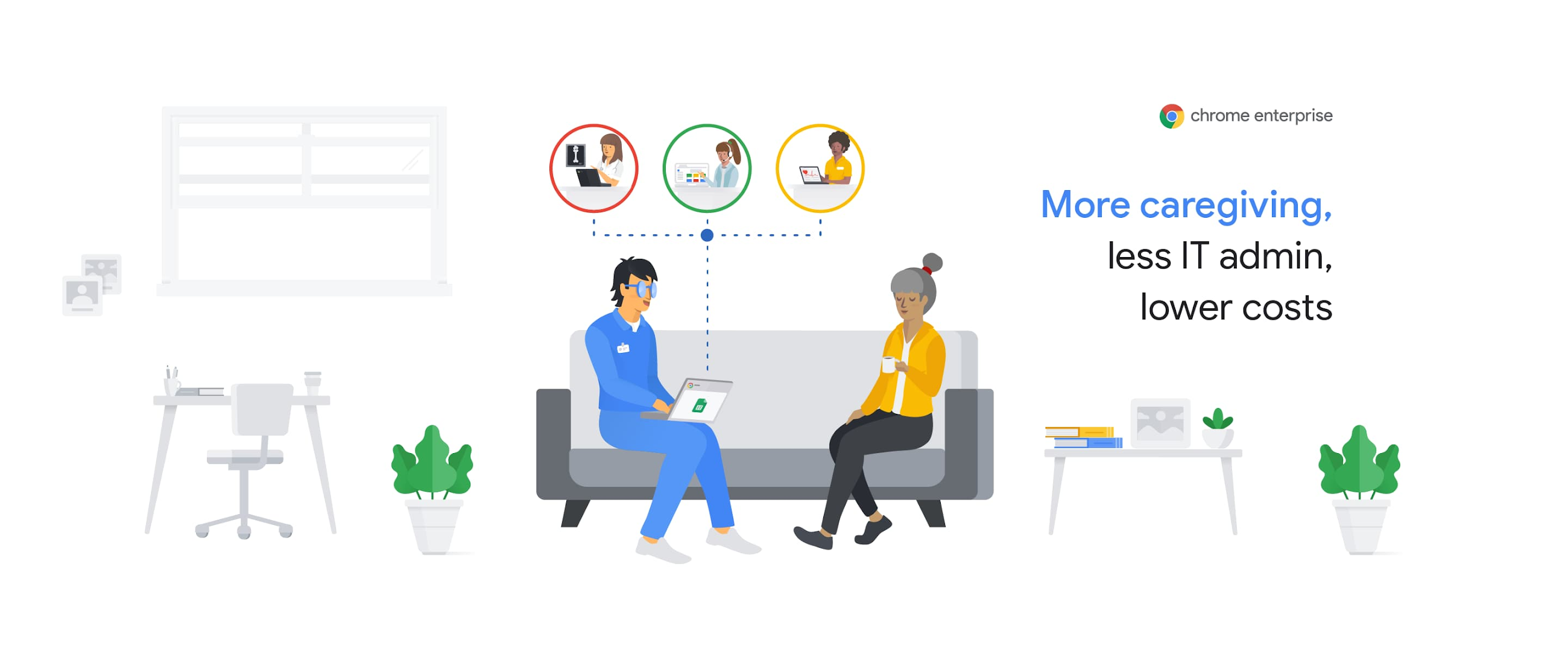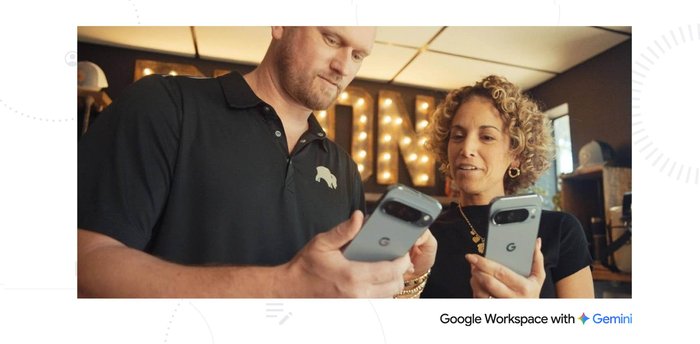S&L Zorg: Better patient care, less IT with Chrome Enterprise and G Suite

Rob Voets
Senior Advisor, S&L Zorg
S&L Zorg adopted Chrome devices and G Suite to help them care for people with disabilities in the Netherlands.
Contact Google Workspace Sales Team
Learn more about how Google Workspace can give your teams a better way to connect, create, and collaborate.
CONTACT USEditor’s note: Today’s post is by Rob Voets, Senior Advisor for S&L Zorg, a caregiving organization for people with intellectual disabilities in the Netherlands. S&L Zorg operates two large residences and several smaller homes in and around the West Brabant region, caring for about 360 clients. The organization has adopted a cloud-first approach, choosing Chrome OS devices and G Suite to help caregivers better serve their clients.
S&L Zorg’s mission is to help people in our care live a happy life, as independently as they can, in our resident homes. Our caregivers make this possible, visiting clients every day to assess their health and well-being and manage their services. We want technology to support this goal. With managed Chrome OS devices and G Suite, caregivers receive the same benefits of working in the cloud as our head office staff does—without the need for an IT department to keep it all up and running.
S&L Zorg’s 400 caregivers perform many tasks as they meet with clients. They record medication doses, because that data must be reviewed periodically by clinicians and outside organizations. Caregivers need to share important information with colleagues by sending emails and creating documents and spreadsheets—the simpler we can make these tasks, the more time caregivers can spend helping clients.
Our eyes were opened to the value of cloud applications in the early 2000s, when S&L Zorg’s then-CEO worked with a startup to develop CareView, a software-as-a-service system for maintaining patient records. At that point, we decided on standards for every IT application or initiative we launched at S&L Zorg: they had to be accessible in the cloud, usable in a browser, and offered as a service.
However, the email and calendar products we were using fell short of these goals. Caregivers found them hard to use. We were completely reliant on the software company’s team to help us troubleshoot problems, but they weren’t innovating or updating the product. We tried OpenOffice, but that wasn’t as user-friendly as we hoped. We needed a replacement for our email and productivity tools.
Once we switched to G Suite, we saw how easy it was for caregivers to adapt to the new tools. It was an easy transition for people who aren’t IT experts. Right away, the caregivers saw the benefits of sharing spreadsheets and client updates. Instead of sending 10 or 20 versions of the same document back and forth, caregivers only need one version that lives in Google Drive.
Once tools like Gmail, Google Calendar, and Google Sheets became popular with caregivers, Chromebooks and Chromeboxes were the next step. Caregivers and admin staff were using PC laptops as thin clients, accessing patient care applications through Citrix, and G Suite through Chrome Browser.
We had come to the point where we didn’t need servers anymore, nor did we need an IT department. We realized we could outfit caregivers and admin staff with Acer and ASUS Chromebooks (plus Chromeboxes for desk workers), and simply standardize on Chrome OS devices and Chrome Browser—which works much better with Citrix. NextNovate, our Google partner, reviewed and improved our Chrome OS security settings through Chrome Enterprise Upgrades so we could better protect patient data.
The amazing thing is that once we went to the cloud and added about 370 Chrome OS devices with Chrome Enterprise Upgrades, we relied on IT support less often, not more. We don’t worry about storage, because we have Google Drive. Caregivers need little to no training to use Chrome Browser and G Suite. They like the ability to work from home when needed, and get tasks done quickly: As caregivers, they want to spend more time with clients and less time staring at screens. If someone discovers a Chrome extension they’d like to use, I can easily add it remotely—or ask our NextNovate team to confirm that it’s safe.
As the COVID-19 pandemic took hold, we found even more reasons to lean on G Suite and Chrome OS. From the first day of working at home, our staff were able to do so easily, since we were already on G Suite. Naturally, Google Meet became a commonly used tool; the management team uses the recording feature to share meetings with people who can’t attend.
While we didn’t adopt the cloud primarily to save money, we’re happy that cost savings are an added benefit. We’ve reduced yearly IT costs by €100,000, which is about 10 percent of our annual IT budget—money that we can put back into more Chrome OS devices. We recently bought two Jamboards, one for an office meeting room and one for our client schoolroom.
When caregivers use their Chromebooks to work with clients, it’s not all about spreadsheets and email. We added a Chromecast device to every location so that caregivers can call up YouTube videos on their Chromebooks and share them on the homes’ TV screens. We like to think Chrome is helping us care for our clients in more ways than simply monitoring medications.



